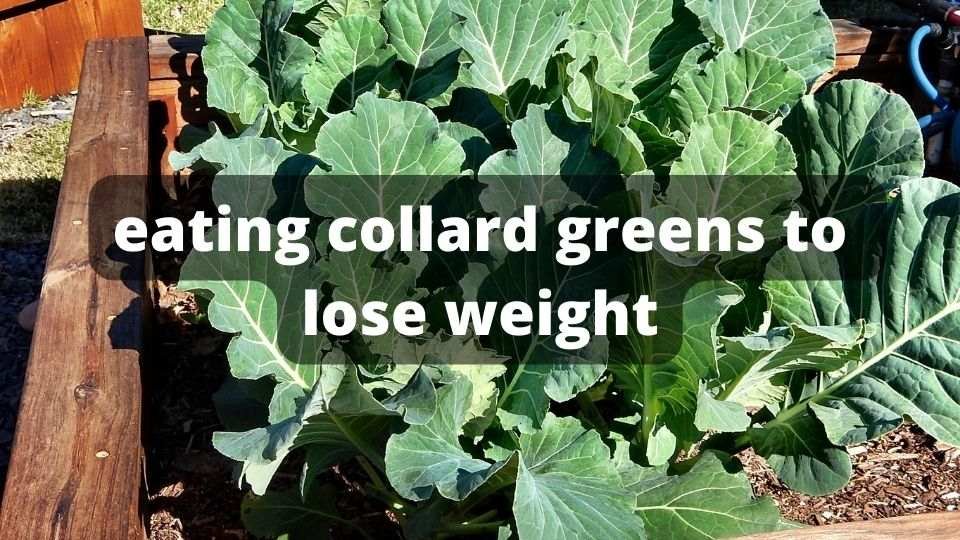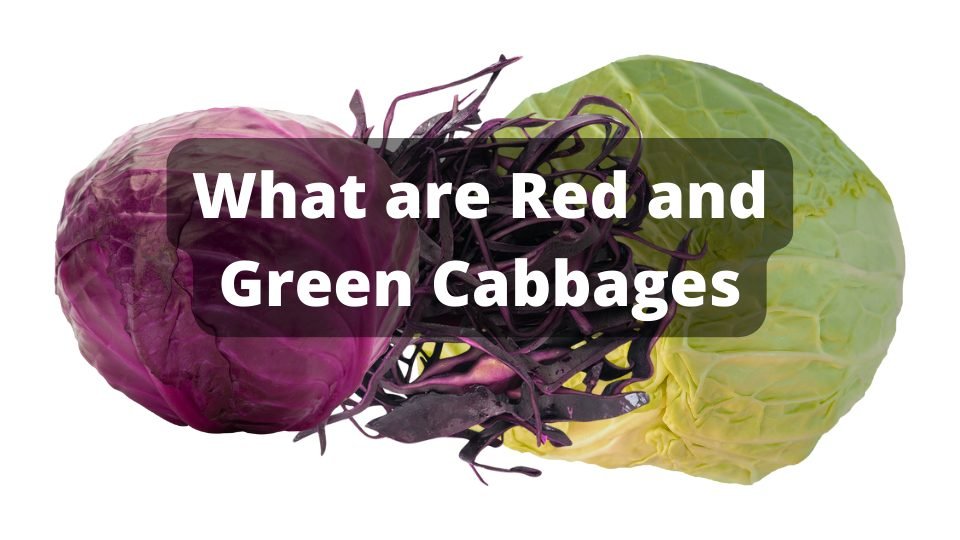Warning: Attempt to read property "term_id" on null in /home/u949539185/domains/healthystaying.com/public_html/wp-content/themes/hostinger-blog/archive.php on line 41
Warning: Attempt to read property "term_id" on null in /home/u949539185/domains/healthystaying.com/public_html/wp-content/themes/hostinger-blog/archive.php on line 41
Warning: Attempt to read property "term_id" on null in /home/u949539185/domains/healthystaying.com/public_html/wp-content/themes/hostinger-blog/archive.php on line 41
10 Asparagus Benefits for Men: Healthier Sperm, Increased Fertility, and More!
July 19, 2022 | by rohan




